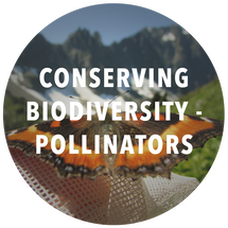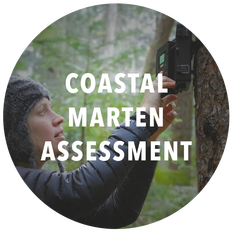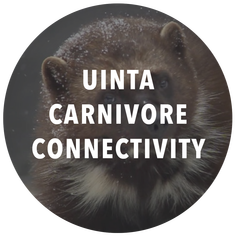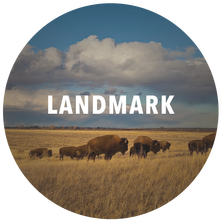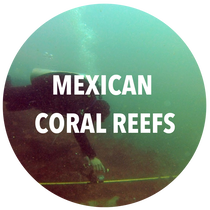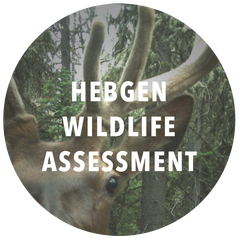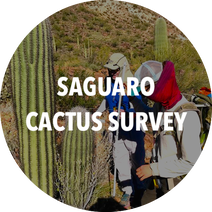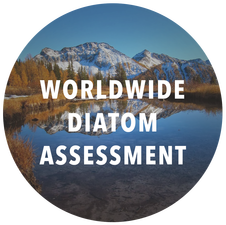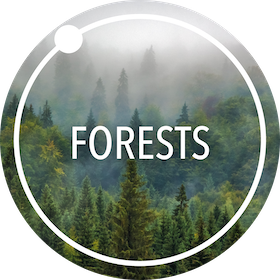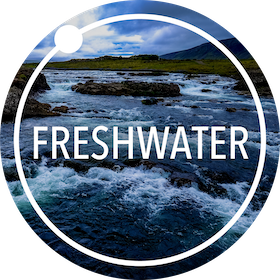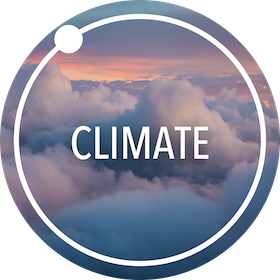Biodiversity
Biodiversity provides humans with water, oxygen, fertile soils, climate control, medicine, and food, in addition to recreation and spiritual inspiration. Yet some of the most biodiverse ecosystems, including coral reefs, mangroves, and rainforests, are facing the biggest threats. Human activity and related climate change, pollution, deforestation, overfishing, and poaching, have pushed nearly one million plant and animal species to the risk of extinction.
How We Have Impact
Adventure Scientists partners with scientific leaders to preserve biodiversity. By accelerating research on issues such as adaptation to climate change, invasive species management, and threatened species, we work to protect sustainable ecosystems around the globe while providing essential ecosystem services to humankind.
Our work supporting biodiversity includes:
- Documenting species distribution across biodiversity hotspots
- Studying the densities and spread of invasive species
- Providing baselines for restoration efforts in alignment with the United Nations Decade on Restoration
- Creating baselines that inform the establishment of protected areas in alignment with the United Nations Decade on Oceans, and the 30×30 initiatives.
- Ground validating the impacts of Land Use/Land Coverage changes to biodiversity
- Monitoring the effects of tourism on biodiversity across biomes.
Our Work With Biodiversity
Project Portfolio
Scientific Publications
Wildlife Connectivity
Siegar, Josianne, et al. “Species and Demographic Responses to Wildlife-Friendly Fencing on Ungulate Crossing Success and Behavior.” Conservation Science and Practice, Vol. 2, Issue 10, 16 Sept. 2020.
Monge-Nájera, Julián. “Road Kills in Tropical Ecosystems: a Review with Recommendations for Mitigation and for New Research.” Revista De Biología Tropical, Universidad De Costa Rica, 24 May 2018.
Coastal Marten Survey
Moriarty, Katie M., et al. “Status of Pacific Martens (Martes caurina) on the Olympic Peninsula, Washington.”Northwest Science, Vol. 93, No. 2, 25 Sept. 2019.
Worldwide Pika Project
Smith, Adam B., et al. “Alternatives to Genetic Affinity as a Context for within-Species Response to Climate.” Nature News, Nature Publishing Group, 23 Sept. 2019.
Conserving Biodiversity: Pollinators
Forister, M.L., et al. “Fewer Butterflies Seen by Community Scientists Across the Warming and Drying Landscapes of the American West.” Science, Vol. 371, Issue 6533, pp. 1042-1045, 05 Mar 2021, doi: 10.1126/science.abe5585.
Prudic, Kathleen L., et al. “Creating the Urban Farmer’s Almanac with Citizen Science Data.” MDPI, Multidisciplinary Digital Publishing Institute, 11 Sept. 2019, doi:10.3390/insects10090294.
3. Prudic, Kathleen L, et al. “EButterfly: Leveraging Massive Online Citizen Science for Butterfly Conservation.” Insects, MDPI, 18 May 2017.
Worldwide Diatom Study
Bahls, Loren L. “The Role of Amateurs in Modern Diatom Research.” Taylor & Francis, Informa UK Limited, 20 Dec. 2014.
Bahls, Loren L. “Neidiopsis Hamiltonii Sp. Nov., N. Weilandii Sp. Nov., N. Levanderi and N. Wulffii from Western North America.” Taylor & Francis, Informa UK Limited, 6 Mar. 2014.
Bahls, Loren L. “New Diatoms from the American West-A Tribute to Citizen Science.” Proceedings of the Academy of Natural Sciences of Philadelphia, The Academy of Natural Sciences of Philadelphia, 1 Mar. 2014.
Bahls, Loren L. “Kurtkrammeria, a New Genus of Freshwater Diatoms (Bacillariophyta, Cymbellaceae) Separated from Encyonopsis.” Nova Hedwigia, Schweizerbart’sche Verlagsbuchhandlung, 1 Aug. 2015.
Earned Media
Sustainable Development Goals
Focus on Biodiversity aligns our work with the United Nations Sustainable Development Goals.

